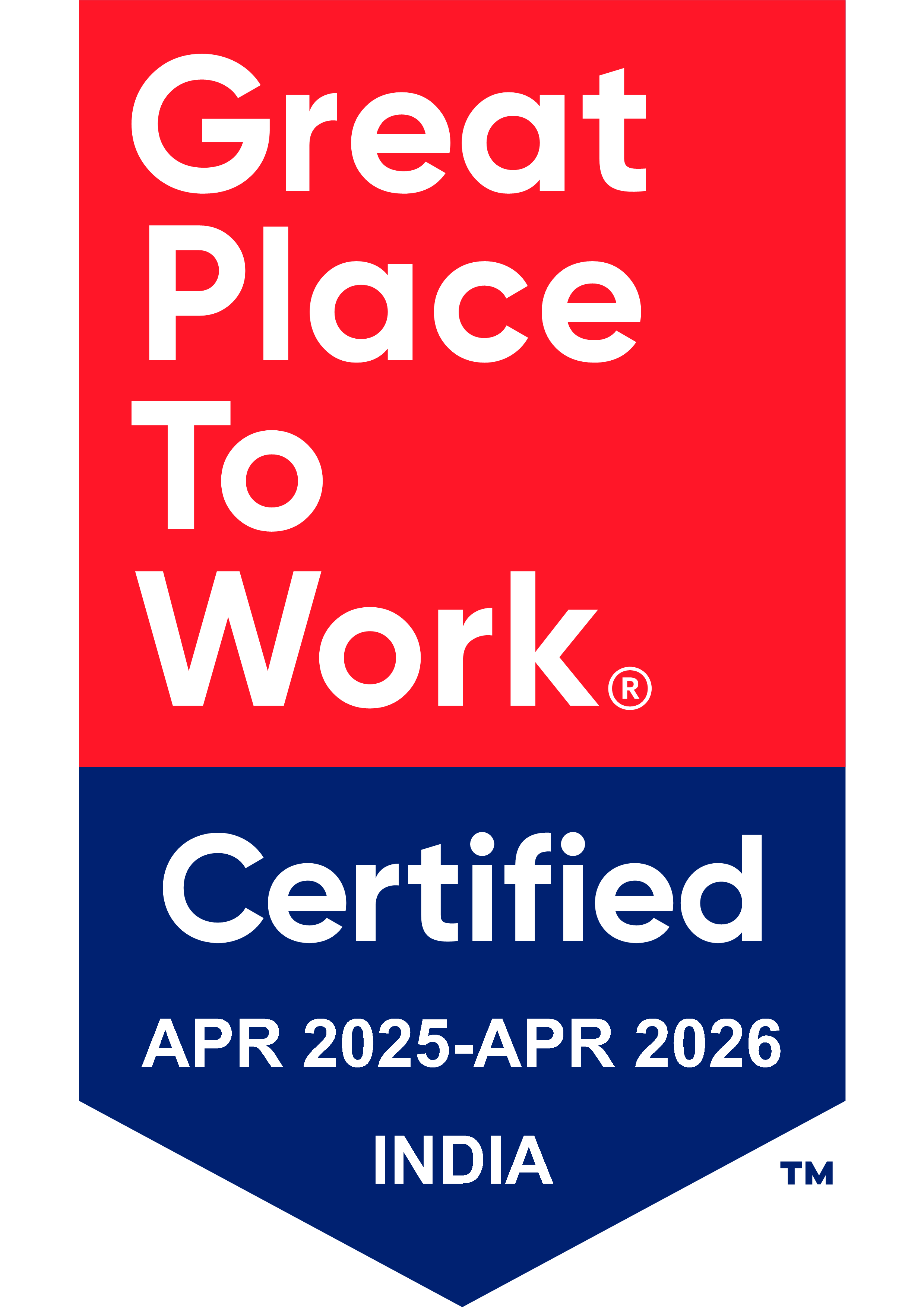Posted On:
How to meet HIPAA Compliance Efficiently?
The Healthcare Information Portability and Availability Act (HIPAA) become a federal law in United States of America on August 21st 1996. The main premise of the law was to revamp the structure of health care organization by standardizing the electronic exchange of administrative and financial data associated within a health care delivery system. It is mandatory that all health care organizations follow the HIPAA order to avoid penalty and legal complications.
Getting to terms with a change or a new policy is a big task for an entity or organization. In the health care field, ensuring compliance with the HIPAA act is the need of the hour. While many organizations are trying to cope with this change, they are often faced with a number of challenges. How to meet these challenges and fully comply with the law is the exact premise of this write up.
1. Understanding the Law
The law clearly indicates that failing to comply with HIPAA compliance can cause a lot of problems in an organization. They often lack expertise and guidance which will ensure effective implementation of all the policies and procedures. Second problem stems from the lack of enforcement within an organization. There are times when a company has established the requisite control and delegation of responsibility. However, they do not have a sought out penalty system that penalizes an employee or department that fails to keep pace with the rules and regulations. Such faults can cause large sum as penalty. For HIPAA law to fit in the right places, before compliance understanding and sensitization is highly important.
2. Choosing the Right Third Party Management Firm
Most hospitals or health care facilities engage a third-party firm to manage IT solution that are crucial for HIPAA compliance. Most often than not such IT firms have more than one client and fail to dedicate time or effort. Secondly, cost and management of IT asset is another important determent. Therefore, to streamline information flow and management of assets, it is always wise to hire an IT vendor who has the past record to meeting HIPAA compliance to the highest order. Right from customer management, billing process, and clinical data storage thus providing better customer service is what an efficient IT solution has to offer. It also eliminates the cost of safeguarding paper records, and minimizes errors and miscalculation. Above all, it efficiently meets the complications that arise from integration and interoperability.
3. Assigning of Responsibilities
Once your IT solution has rolled out, it’s time to assign responsibilities so that the newly developed systems are optimally utilized. If, resources permit, then its not a bad idea to hire a full time professional who has the working knowledge of the system as well as can extend occasional trainings to the employees. At the same time urge the third part IT Company to clearly lay out the responsibilities once the system is up and running. Also, make sure that the in-house IT consults understands the working of the system which will be managed by the third party IT vendor.
4. Initiating Training of the in-house staff (Medical & Non-Medical)
This is the most crucial part of HIPAA compliance. Communicating new policy to the staff in its right manner and scope is integral for the solution to be successful. The training must be offered to the doctors, IT staff, admin staff, nurses etc. it is also recommended to train new staff and conduct re-enforcement sessions for the old staff including training to new updates.
(Image : Courtesy myhealthtechblog.com)




Comments